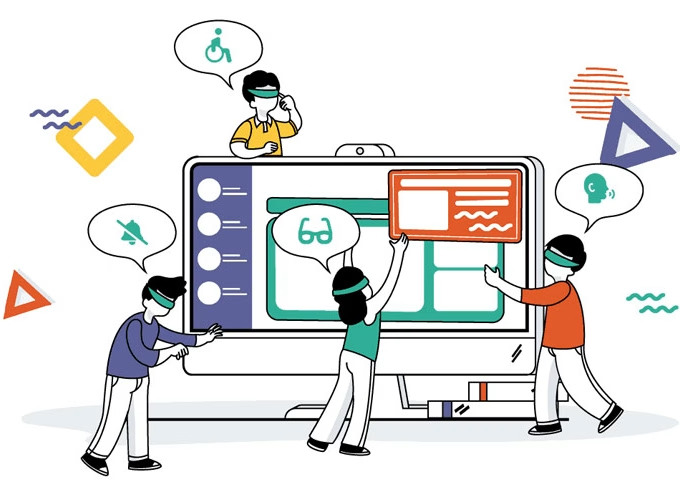While most data breaches don’t cause a regional energy crisis, they still damage businesses in the long run. A properly executed response plan reduces the impact by providing a clear-cut handling process. The plan should identify people, inside and outside the enterprise, who must be contacted in case of a breach. This typically includes regulatory authorities, legal counsels, outsourced IT providers, and cybersecurity specialists.
Identify Your Critical Assets
The first step in any effective data breach response plan is identifying your organization’s critical assets. This involves evaluating which information is the most crucial to your business and what would be the most severe loss if that information was stolen or exposed. This information could include customer data, product development plans, employee records, etc. Your team should also evaluate the information’s sensitivity, whether it was encrypted at rest or in transit, and whether any third parties were involved (like service providers). Once your critical assets have been identified, they need to be protected. This may involve putting specific systems offline, removing access credentials, and encrypting sensitive information to prevent it from being compromised. Your team should also prepare a communications strategy to address affected individuals. Notifications should be made quickly and in line with federal, state, and local laws. A PR team should work with legal and IT teams to craft transparent, honest, and respectful messaging. Preparing a communications plan can help control the damage and save your business time and money in the long run.
Establish a Response Team
When a cyber-attack occurs, the first step is to assemble a team to respond to the incident. This should include representatives from multiple departments of your company — IT, HR, Legal, Corporate Communications, and Compliance. This team should be prepared to handle the various internal and external inquiries that will inevitably come up. An effective response plan will also consider how the company will communicate with stakeholders — employees, customers, and investors — including questions that will likely be asked. Mishandling these communications can cause significant damage to the company’s reputation and, in some cases, lead to a plummeting share price. The response team should also prepare a list of people outside the enterprise who should be contacted in case of a breach, including regulatory authorities, insurance companies, and third-party vendors that provide services like cybersecurity experts and IT support. These contacts must be well-researched and vetted in advance to avoid unnecessary delays in the event of an incident. Establishing a website where the latest information will be posted is also a good idea.
Identify Your Stakeholders
Identifying your stakeholders is a critical first step in crafting a data breach response plan. The goal is to inform those whom the incident will impact and what steps are being taken as a business to mitigate any potential fallout. These may include customers, credit reporting agencies, regulatory bodies, and the media. The best way to do this is by asking stakeholder groups their concerns and preparing responses accordingly.
A vital element of this planning process is determining the appropriate timeline for communicating with each stakeholder group. This will be dictated by how quickly you can confirm the facts of the incident and how long it takes to contain the problem. Remember that people expect transparency during a crisis. Involving stakeholders throughout the process and giving them ongoing updates will help to keep them engaged and on your side. This will also prevent the situation from escalating, which can be challenging to recover.
Communicate With Your Stakeholders
It is critical to communicate with your stakeholders during a data breach. This includes internal staff, customers, and external stakeholders. It’s also essential to explain what happened clearly and truthfully rather than downplaying the incident, in addition to identifying who needs to be notified and when your plan should include the channels you will use for communication and your core timelines (such as when you need to notify regulators or customers). It would be best to assign an individual to manage all communications with stakeholders during this time. You may experience a higher volume of data protection requests and complaints following a breach, so you must have a plan to deal with these inquiries. This should include addressing any outstanding needs and providing information regarding compensation options if applicable.
Remediate
When a data breach occurs, people can use stolen personal information to gain access to accounts and make fraudulent transactions. Notifying individuals can help limit damage and protect them from theft. Designate a point person within your organization to contact individuals and update them about the breach. Consult with law enforcement about the timing of notification so that it doesn’t impede any ongoing investigation. Work with forensics experts to analyze backup or preserved data and logs for more details about the attack. This includes identifying impacted systems, determining who accessed the data during the breach, and verifying that current auditing measures are in place. This step may also involve contacting external partners, such as a hosting company, to ensure they have the same security measures and can take necessary steps to prevent future breaches. It’s also essential to examine how the breach occurred, including whether any malicious actors manipulated system security settings. This will help you determine what other remedial actions are required. This assessment will vary from entity to entity, depending on the specific context of the breach.













